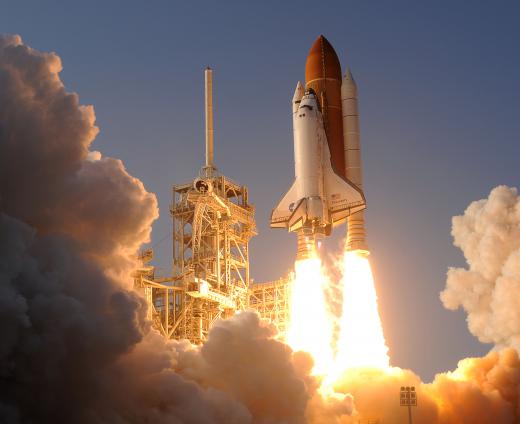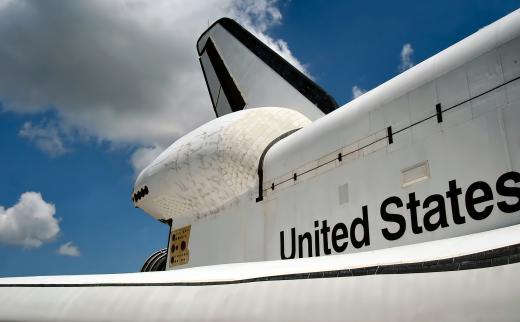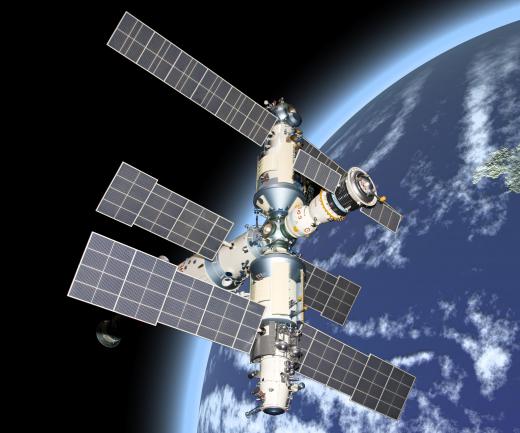What is a Space Shuttle?
 Michael Anissimov
Michael Anissimov
The Space Shuttle, officially called the Space Transportation System, or STS, has been the primary US spacecraft used for manned missions since 1981. Five Space Shuttles were built for a total cost of approximately $2.2 billion USD: Columbia, Challenger, Discovery, Atlantis, and Endeavour. One additional Shuttle, Enterprise, was non-space-worthy and built only for testing purposes.
As of December 2007, there have been 118 successful shuttle missions and two failures. The two failures, of Challenger in 1986 and Columbia in 2003, were due to catastrophic rocket failure and break-up during reentry respectively. During both occasions, all seven astronauts on board were killed.

The Space Shuttle has had an illustrious history as the first reusable launch vehicle. The concept of a reusable launch vehicle was initially introduced as a way of lowering the costs of spaceflight, though it failed in that regard, instead being the most expensive project in the history of NASA. Notable Space Shuttle payloads include the Hubble Space Telescope, Galileo spacecraft (which went on to study the moons of Jupiter), Magellan spacecraft, the Chandra X-ray Observatory, and components of the International Space Station, the largest international space-related project in history.

The Space Shuttle is powered via three different means: twin solid rocket boosters, a large external tank fueled by liquid oxygen and hydrogen at cryogenic temperatures, and an orbital maneuvering system. The two solid rocket boosters lift the Space Shuttle off the pad, and are ejected from the orbiter two minutes after launch. The boosters descent via parachute for later recovery.
The orbiter’s specifications are as follows:

• Length: 122.17 ft (37.24 m)
• Wingspan: 78.06 ft (23.79 m)
• Height: 58.58 ft (17.86 m)
• Empty weight: 151,205 lb (68,585 kg)
• Gross Liftoff Weight: 240,000 lb (109,000 kg)
• Maximum Landing Weight: 230,000 lb (104,000 kg)
• Maximum payload: 55,250 pounds (25,061 kg)
• Payload bay dimensions: 15 ft × 60 ft (4.6 m × 18.3 m)
• Operational altitude: 100 to 520 nautical miles (185 to 960 km)
• Speed: 25,404 ft/s (7,743 m/s, 27,875 km/h, 17,321 mi/h)
The Space Shuttle will be phased out in 2010, to be replaced by the Orion vehicle, designed to carry crews to the Moon and beyond.
AS FEATURED ON:
AS FEATURED ON:













Discussion Comments
I understand that the initial thrust at takeoff is standard rockets pushing against earth's "air".
Once into space where no air exists, what is the method of propulsion?
Spacedog
Post your comments